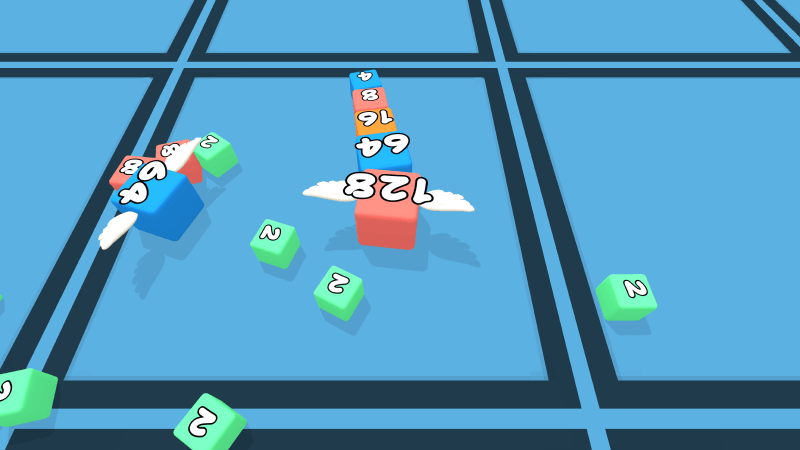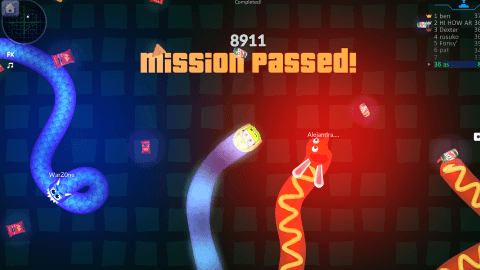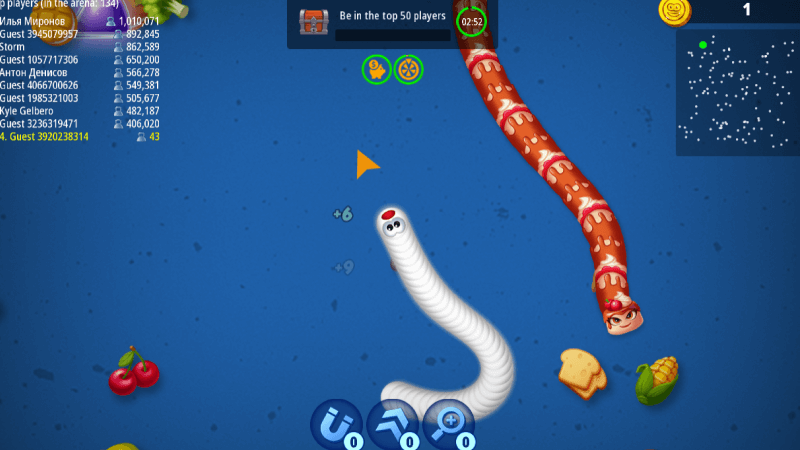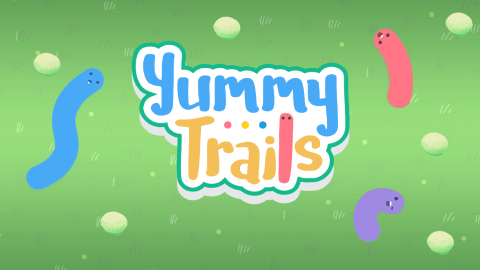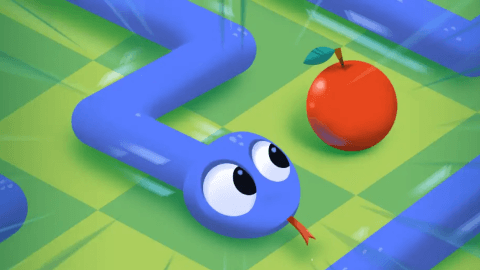
Snake Game
Snake Game captures the timeless thrill of guiding an ever-growing serpent through tight spaces while chasing high scores. This hub brings together trusted history, core mechanics, and modern strategies so you can master every variation.
Tap to start chasing fruit!
sprunky.gg
Snake Games
History of Snake Games
Snake Game has reinvented itself on every major platform since the 1970s. These milestones explain how a minimalist arcade idea became a global evergreen.
- 1976 - Gremlin’s arcade title Blockade debuts the competitive light-trail concept that inspired the first snake-style games.
- 1977-1982 - Releases such as Hustle, the TRS-80 Snake clone, and Bally Midway’s Nibbler popularise single-player scoring and even television game-show highscores.
- 1997/1998 - Nokia pre-installs Snake on millions of Series 40 handsets, turning the Snake Game grid-based survival loop into a worldwide mobile obsession.
- Early 2000s - Flash and Java applets flood web portals, letting fans remix maps, speed, and power-ups for the first time on desktop browsers.
- 2010s onward - Touch devices and .io arenas add real-time multiplayer, cosmetic progression, and roguelite elements that keep the genre culturally relevant.

Why Snake Game Endures
Every Snake Game centres on a single rule: steer the head, collect items to grow, and avoid collisions. The longer you survive, the tighter your margin for error becomes.
Simple controls—one button, four directions, or a swipe—mean anyone can start a run in seconds, yet mastery demands anticipation and route planning.
Modern editions respect that core loop while experimenting with arenas, scoring systems, and social features, keeping the experience fresh without losing the arcade heart.
Core Mechanics and Controls
Regardless of the Snake Game variant, this classic asks you to predict where the head will be several beats ahead. Every turn lengthens the body, so safe space constantly shrinks.
Success blends rhythm control with situational awareness: you need fast reactions to collect nearby food, yet patience to avoid boxing yourself in.
- Movement: arrow keys, WASD, touch swipes, or virtual pads with near-instant response.
- Scoring: classic modes add points per item; newer releases may add combo multipliers, time bonuses, or mission objectives.
- Fail states: hitting a wall, obstacle, or your own tail typically ends the run—some versions add shields or limited revives.
- Speed curves: many games accelerate as you grow, while level-based editions mix in slow zones, boosters, or scripted tempo shifts.
Why Players Keep Returning
- Zero-download, controller-free action across phones, tablets, and desktop browsers.
- Curated variants that cover nostalgia, puzzle hybrids, and competitive arena formats.
- Browser-friendly saves and global leaderboards that let you pause and resume without losing momentum.
- Readable layouts and clear keyboard hints that make it easy to record or stream high-score attempts.
How to Play
- Press play and set your opening direction with arrow keys, WASD, touch swipes, or a thumbstick.
- Collect fruit, pellets, or mission targets to grow the snake and build your score multiplier.
- Plan at least two turns ahead so the head never clips a border, obstacle, or the trailing body.
- Grab speed boosts, shields, or magnet power-ups when available to recover from risky paths or overtake opponents.
Evolution of Snake Game Variants
Snake Game now spans sub-genres that emphasise nostalgia, brain-teasing puzzles, or head-to-head competition. Use these categories to find your favourite style.
1. Classic handheld
Monochrome visuals, single-screen arenas, and pure survival scoring.
2. Puzzle hybrids
Merge or match mechanics layered onto the snake loop, rewarding planning over reflexes.
3. Multiplayer arenas
Real-time .io battlers where opponents can cut you off, steal pickups, or grow faster than you.
4. Modern extended modes
Campaign objectives, seasonal events, and cosmetic unlocks that add long-term goals.
High-Score Strategies
Once the Snake Game basics click, deliberate spacing and tempo management unlock reliable high scores.
Core fundamentals
- Reserve the outer ring for safety loops so the centre stays open for emergency turnarounds.
- Maintain full-board awareness—track the tail length and upcoming food before committing to a corridor.
- Stabilise your cadence; frantic tap-spamming after a speed boost causes more crashes than it prevents.
Advanced routines
- Weave patterns in the centre to chain multiple pickups in one sweep before retreating to the edge.
- Delay collecting key fruit in arena modes to bait rivals into overextending for your leftovers.
- Review replays or recordings to spot recurring blind spots and refine long-run routing decisions.
Platforms and Availability
Snake Game is available across multiple platforms for maximum accessibility:
- Web browsers - instant play with keyboard or touch, ideal for quick sessions and classroom breaks.
- Mobile apps - iOS and Android releases add offline play, achievements, haptic feedback, and controller support.
- Consoles and emulators - legacy console ports and homebrew packs keep pixel-perfect nostalgia alive.
- Online .io services - browser-based matchmaking drops you into live arenas for competitive growth races.
Frequently Asked Questions
Where did Snake Game originate?
The Snake Game genre traces back to Gremlin’s 1976 arcade title Blockade, but it became a household name when Nokia shipped Snake on hundreds of millions of phones in 1997 and 1998.
How do I master Snake Game controls to avoid crashing into myself?
Keep looping the perimeter, leave the centre open as an escape lane, and plan two turns ahead so the tail never surprises you.
Are there multiplayer Snake Game variations?
Yes. Modern editions often feature local co-op, asynchronous leaderboards, or .io arenas where players race to grow while cutting one another off.
Does Snake Game have an ending?
Classic Snake Game modes run indefinitely—the challenge is to survive as long as possible. Some modern editions add campaign levels, boss encounters, or seasonal event goals.
Which version should beginners try first?
Start with a classic Snake Game version that offers moderate speed and a rectangular arena, then graduate to puzzle hybrids or competitive arenas once you’re comfortable with spacing.
Snake Games
From classic Nokia nostalgia to modern multiplayer arenas, the Snake Game world offers incredible variety. Whether you're seeking pixel-perfect retro experiences or competitive real-time battles, explore these curated categories to find your perfect match.
Classic Variants
Experience the original Snake Game charm with monochrome visuals and pure survival gameplay.
Puzzle Variants
Brain-teasing hybrids that merge strategic planning with the classic snake mechanic.
Arena Variants
Compete in real-time multiplayer battles with players worldwide in .io-style arenas.
Modern Variants
Contemporary editions with campaigns, seasonal events, and cosmetic progression.
